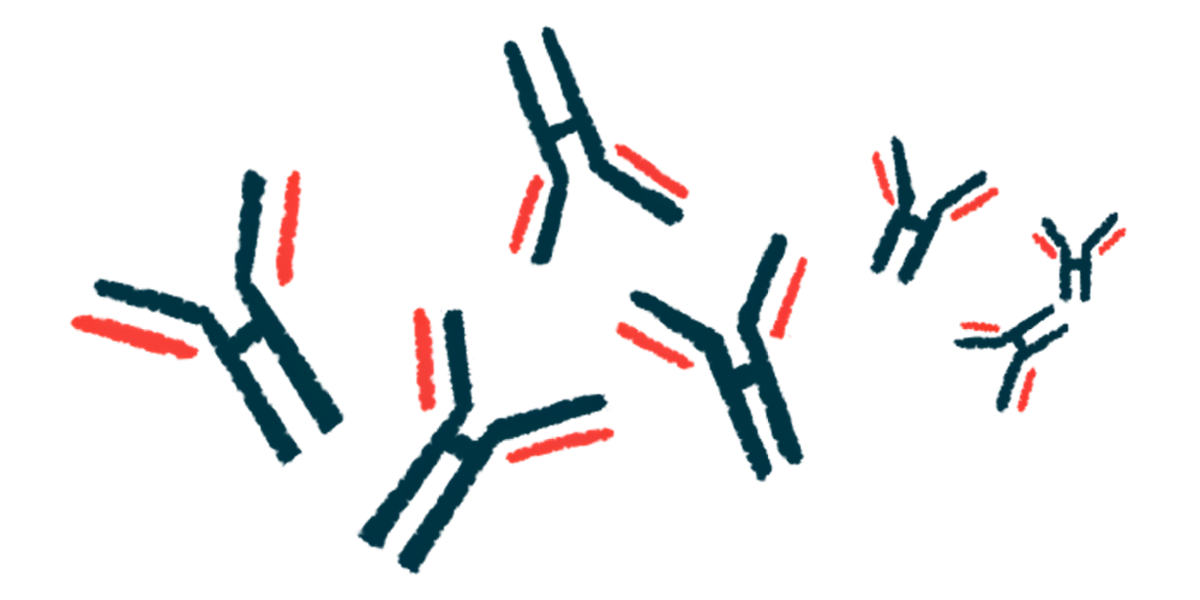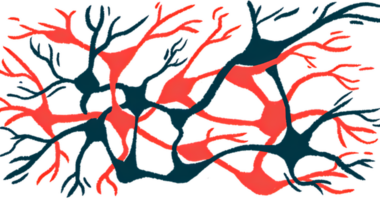Nanobody developed that may prevent alpha-synuclein aggregation
Researchers: Antibodies will advance study of protein's 'self-assembly'

Researchers in the U.K. have successfully generated small antibodies, or nanobodies, that can target toxic aggregates of misfolded proteins, including alpha-synuclein, a hallmark of Parkinson’s disease.
The antibodies, which were generated using a new antibody-discovery platform, can help understand how protein clumps, or aggregates are formed, and identify specific regions within the alpha-synuclein protein that could serve as therapeutic targets.
The work was presented at the 69th Biophysical Society Annual Meeting this month in Los Angeles.
“Our platform represents a significant advance in our ability to study protein self-assembly,” Francesco Aprile, PhD, professor at Imperial College London and the study lead, said in a press release. “By efficiently generating nanobodies against these challenging targets, we can now delve deeper into the mechanisms underlying these processes and their role in disease.”
Parkinson’s is caused by the dysfunction and loss of dopaminergic neurons, the nerve cells that produce dopamine, a brain signaling molecule involved in motor control. One factor thought to drive neuronal dysfunction is the clumping, or aggregation, of misfolded proteins that are toxic to neurons. These clumps are mainly composed of aggregated alpha-synuclein.
Other neurodegenerative diseases, including Alzheimer’s disease, also feature toxic clumping, mainly of amyloid-beta and tau proteins.
These disease-related aggregates are difficult to target with traditional methods, due to their chemical and structural diversity, and the often transient nature of the protein structures. Antibodies have been developed to target protein aggregates, but generating antibodies against transitory targets has been problematic.
Getting a better look at protein aggregates
Here, researchers developed an antibody discovery platform that joins computational protein design and directed evolution. This is a method used in protein engineering that mimics the process of natural selection to generate antibody candidates that are simultaneously screened for their ability to target protein aggregates or reduce their formation.
“We can substantially speed up the process of discovery and production, which can save time and resources,” Aprile said. “What these intrinsically disordered proteins do is they start to self-assemble and form oligomers and aggregates.”
Using this platform, researchers generated single-domain, smaller antibodies, called nanobodies, that target different assemblies of misfolded alpha-synuclein. This protein is not defined by one specific structure, but is constantly changing.
These nanobodies can help understand how toxic protein oligomers and aggregates are formed, along with their structural and functional characteristics. Additionally, the research has identified regions within alpha-synuclein that could serve as promising therapeutic targets for drug development.
The researchers developed a nanobody capable of binding to the P1 region of the protein, a key regulator of clumping. This antibody, called alphaSP1, was able to bind to and prevent alpha-synuclein aggregates from forming and reduce cell death triggered by protein aggregates under laboratory conditions.
“By targeting these key protein assemblies, we may be able to slow or even prevent disease progression,” Aprile said.







